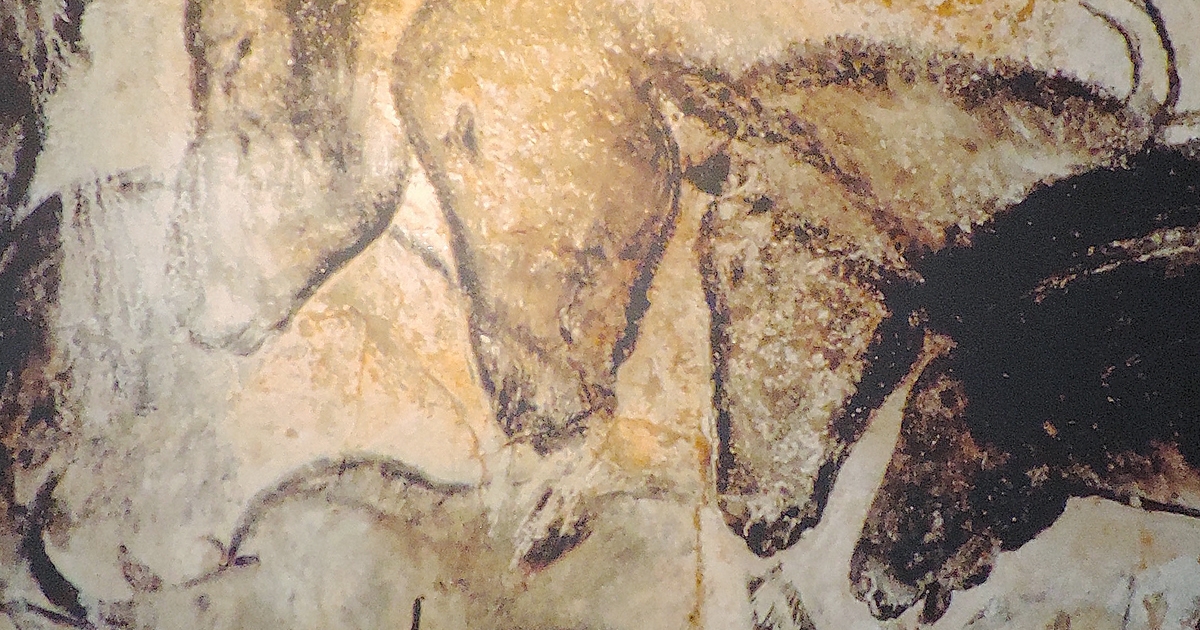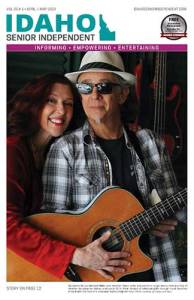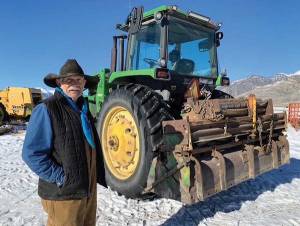Whenever snowbird friends migrating north along Interstate 15 stop to visit in Pocatello, I take them to a visually stunning and detailed exhibit, “The Incredible Horse” at the Idaho Museum of Natural History.
When the exhibit opened last year on the Idaho State University campus, it became so popular that museum officials decided to display it through April instead of taking it down in January as originally planned.
It tells the story of horses’ profound and ongoing impact on our lives. From ancient to modern times, horses have been by our side whether for work or war or pleasure. Items in the displays were selected to appeal to a broad range of viewers from artists and archaeologists to Native Americans, ranchers, and farmers.
Kirby Jensen, 65, of Arco, happened to be touring it with friends.
“Seeing this makes you want to call your friends from the museum and tell them to come down,” he said. “There’s so much to see that you want to come back to make sure you didn’t miss anything. Or get some friends together to come, because each one will see it a little differently.”
Jensen grew up with horses in the Lost River Valley and ran range cattle for about 15 years.
“We’ve had horses, which we really loved, although we don’t have any now.”
The exhibit took nearly two years for museum staff to plan and create.
“It’s nice to finally see it all come together and see it so well received,” said Dr. Leif Tapanila, museum director. “The motivation for our exhibits is to showcase Idaho stories as told by artifacts and collections we curate at the museum.
“In this exhibit, we want people to see the horse as an Idaho original: the first modern horse (the Hagerman horse) evolved and lived right here in Idaho,” he said. “And the horse remains a quintessential aspect of an Idahoan lifestyle.”
The Hagerman Fossil Beds National Monument 35 miles northwest of Twin Falls was established after a rancher found a skeleton of the first species of Hagerman horse in 1928.
The horse’s evolution is impressive, with skeletons showing how the horse evolved over 50 million years, changing from a small dog-like animal with three and four toes into the modern-looking horse with single hooves. As the environment changed, their bones and teeth adapted.
The horse’s fossil record is the most complete evolutionary record of any known animal, according to an exhibit display.
Although the horse originated in North America and expanded to Asia and Europe, it became extinct in North America about 10,000 years ago.
The Spanish re-introduced horses in the 16th century, trading them with Native Americans, whose lifestyle forever changed. The horse enabled them to travel greater distances and hunt more effectively.
More than a dozen prints from renowned photographer Edward S. Curtis show how critical the horse became to Native Americans for travel, food, and warfare.
Idaho’s state horse, the Appaloosa, was selectively bred among Nez Perce tribal members for its colorful spotted coat.
As Idaho’s economy diversified, horses were indispensable for farming, mining, and communication via the Pony Express.
The exhibit also pays tribute to the marvels of the mule and George Washington, who is considered America’s first mule breeder. Due to their stamina, mules were often preferred over horses to help build roads, telegraph and phone lines, and to haul stagecoaches.
Although mechanization has replaced horses for work, they are still valued and cherished for racing, dressage, show jumping, cowboy mounted shooting, rodeo, mounted police, working cattle, re-enactments, and physical and emotional therapy. ISI












